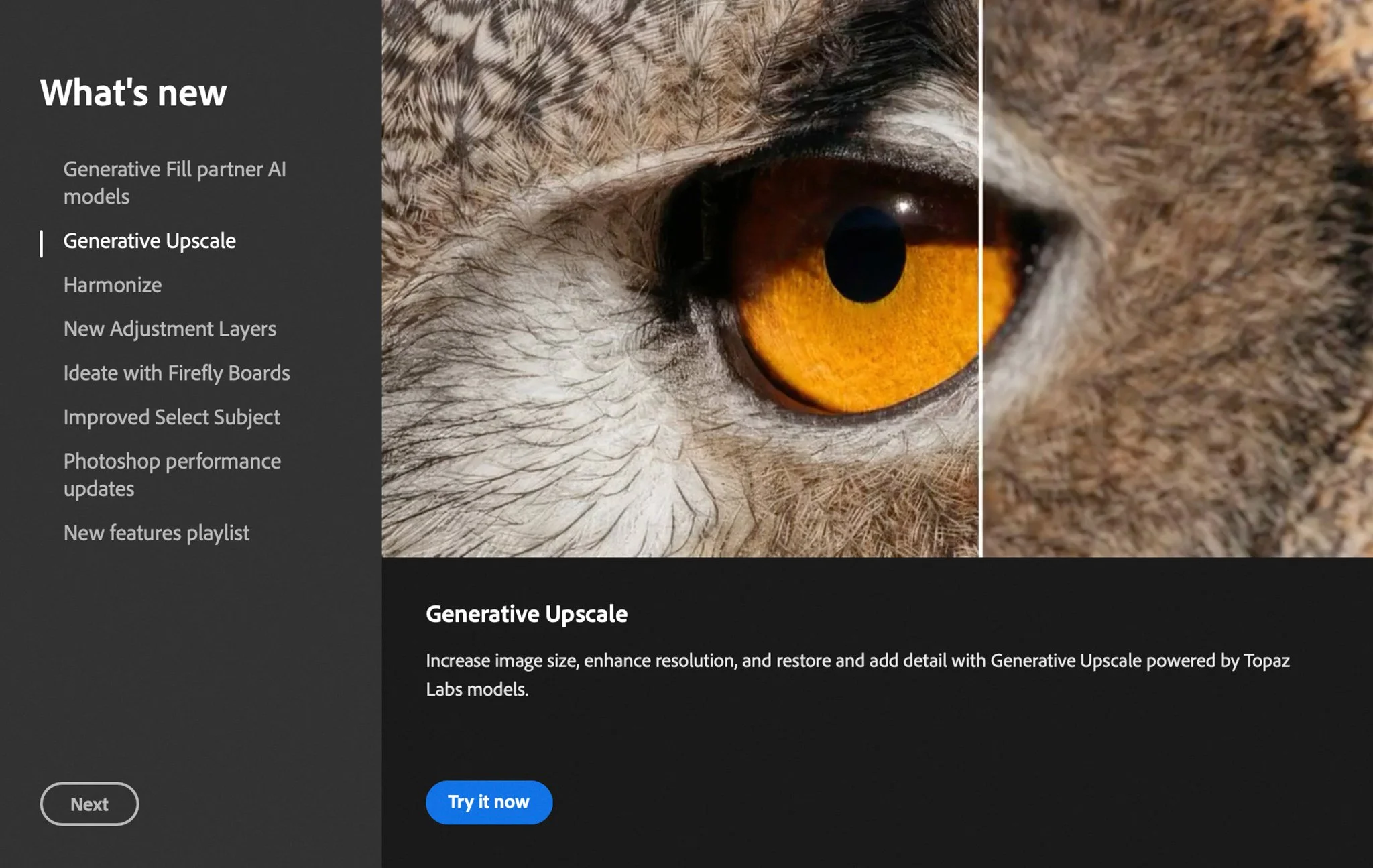ByteDance Launches Seedream 3.0: A New AI Text-to-Image Model Rivalling GPT-4o and Imagen 3
Image Credit: Claudio Schwarz | Splash
ByteDance, the parent company of TikTok, has introduced Seedream 3.0, an advanced AI model for generating images from text prompts, positioning it as a competitor to OpenAI’s GPT-4o and Google’s Imagen 3. Announced in April 2025, Seedream 3.0 offers high-resolution image creation and bilingual support for Chinese and English.
[Read More: Google Released Imagen 3 - But Currently US Only!]
Model Capabilities
Seedream 3.0 generates images at resolutions up to 2K (2048x2048 pixels) without post-processing, producing a 1K (1024x1024) image in about three seconds, according to ByteDance’s technical report. It improves upon Seedream 2.0 by enhancing image clarity, color accuracy, and text rendering, especially for complex layouts. The model supports both Chinese and English prompts, making it versatile for global users. It is integrated into ByteDance’s Doubao chatbot, with nearly 100 million monthly active users, and Jimeng, a creative platform, broadening its accessibility.
Technical Innovations
ByteDance has implemented several innovations to improve Seedream 3.0’s performance:
Larger Dataset: The model was trained on a dataset roughly twice the size of Seedream 2.0’s, including images with minor imperfections (e.g., watermarks) that are masked during training. This increased the effective dataset by 21.7%, enabling better handling of varied visual inputs.
Training Methods: Seedream 3.0 uses mixed-resolution training, processing images from 256x256 to 2K in a single pipeline, ensuring consistent quality. It also employs cross-modality techniques to align text and images accurately, particularly for precise text placement in generated visuals.
Speed Improvements: By optimizing noise prediction and sampling methods, Seedream 3.0 achieves a 4- to 8-fold increase in generation speed while maintaining image quality, as stated in the technical report.
Output Refinement: Post-training includes diverse aesthetic captions and a vision-language model to enhance visual appeal and stylistic accuracy, improving the overall quality of generated images.
These advancements make Seedream 3.0 suitable for applications like graphic design, content creation, and e-commerce.
[Read More: AI Image Generation in 2024: A Year of Refinement Amidst the Rise of Video Generation]
Performance Benchmarks
ByteDance evaluated Seedream 3.0 against competitors using the Artificial Analysis Arena, a platform where users compare AI-generated images. At the time of the technical report’s release in April 2025, Seedream 3.0 achieved an Arena ELO score of 1158, slightly surpassing GPT-4o’s 1157, though rankings have fluctuated. It outperforms Google’s Imagen 3 and Midjourney v6.1 in specific areas, according to normalized benchmark data from Artificial Analysis.
Text Rendering: Seedream 3.0 achieves a 94% success rate in accurately rendering complex Chinese text with proper typography, outperforming GPT-4o, which excels in English text and LaTeX but struggles with Chinese fonts.
Portrait Generation: The model produces realistic portraits with natural skin textures and fine details, matching Midjourney v6.1 and surpassing GPT-4o, which can introduce minor noise or color inconsistencies, per ByteDance’s comparisons.
Image Editing: SeedEdit, a tool derived from Seedream 3.0, supports text-prompt-based editing, such as adding or removing elements. It preserves image identity better than GPT-4o and Gemini 2.0 Flash but faces challenges with complex edits, as noted in the technical report.
These claims are based on ByteDance’s internal tests and Arena rankings, with independent verification still ongoing.
[Read More: Elon Musk’s Grok-2 Unrestricted Political Imagery - A Double-Edged Sword?]
Comparisons with Competitors
Seedream 3.0 has been directly compared to leading models:
GPT-4o: OpenAI’s GPT-4o, updated in March 2025 for native image generation, performs strongly in English text rendering but is less effective with Chinese typography. Seedream 3.0 produces cleaner images with less noise, though GPT-4o offers sharper details in some cases, per Arena user feedback.
Imagen 3: Google’s Imagen 3 trails Seedream 3.0 in benchmark rankings, particularly in text accuracy and photorealism, as reported by Artificial Analysis.
Midjourney v6.1: Midjourney generates visually rich images but may prioritize stylistic effects over realism. Seedream 3.0 matches or exceeds Midjourney in portrait quality and Chinese text rendering, per ByteDance’s tests.
Each model has strengths, with Seedream 3.0 excelling in bilingual text and realistic portraits.
[Read More: Unmasking the Illusion: Your Guide to Identifying Fake and AI-Generated Images]
Applications and Availability
Seedream 3.0 is available on ByteDance’s Doubao and Jimeng platforms, serving both casual and professional users. Its text rendering supports graphic design tasks, such as creating posters, while its portrait generation is suited for photography and e-commerce. SeedEdit enhances its use in creative editing workflows. ByteDance also provides access through its Volcano Engine APIs, enabling developers to integrate the model into custom applications.
[Read More: Can You Use AI-Generated Images for Commercial Use? Or Just Personal Use?]
Limitations
ByteDance acknowledges that SeedEdit struggles with complex editing tasks, such as intricate scene modifications. The technical report notes that while Seedream 3.0 performs well with text and portraits, its performance across diverse prompts requires further independent testing. Some users reported limited support for reference image inputs at launch, though the model’s free access was well-received.
[Read More: How to Avoid AI Labelling for Your Edited Images on Meta Platforms?]
Source: The Decoder, Analytics India Mag













